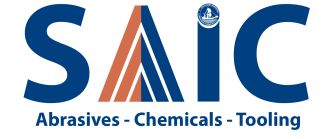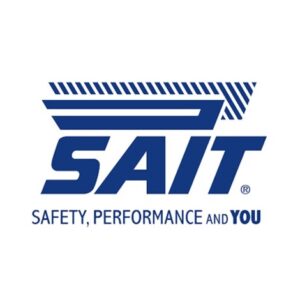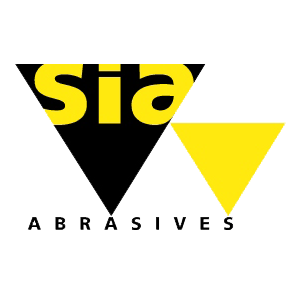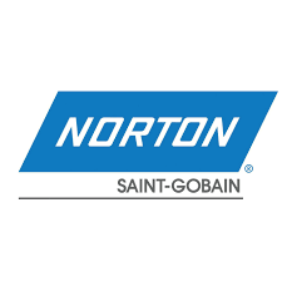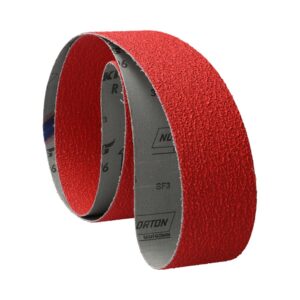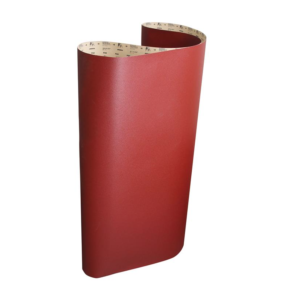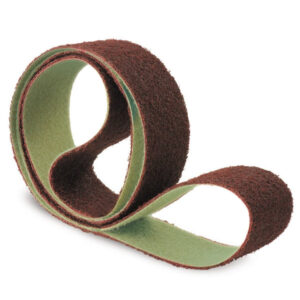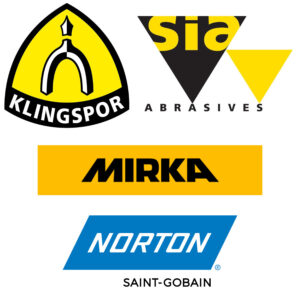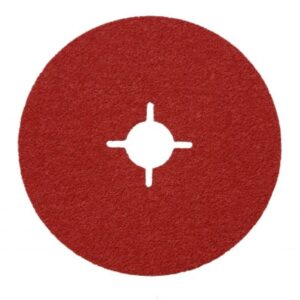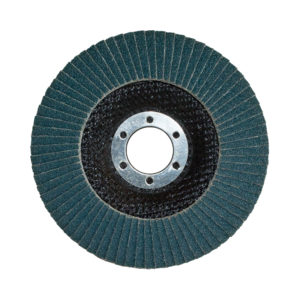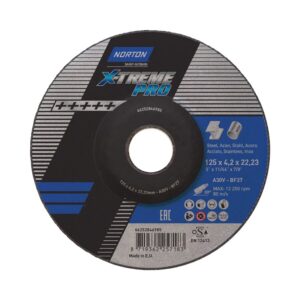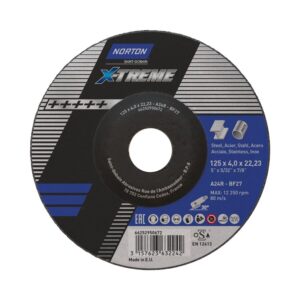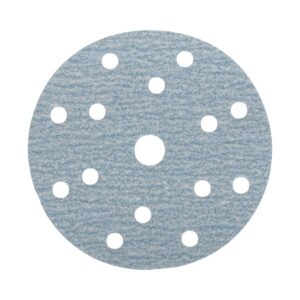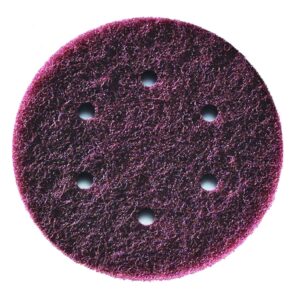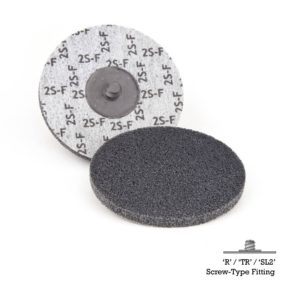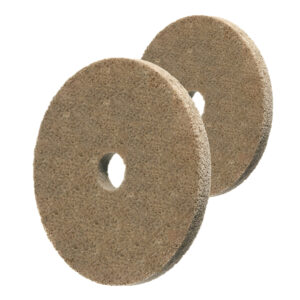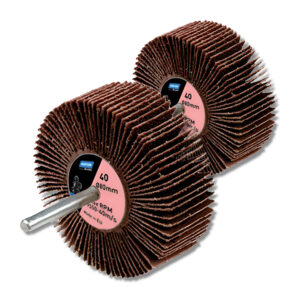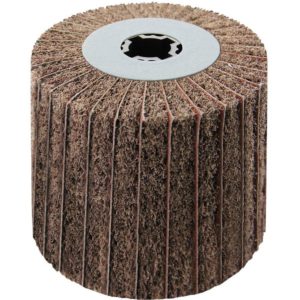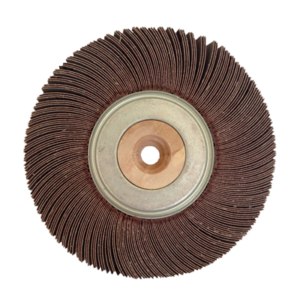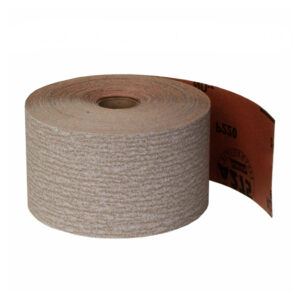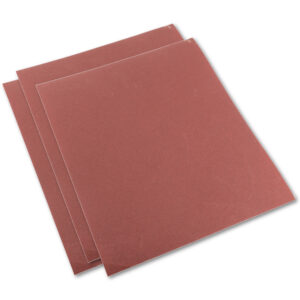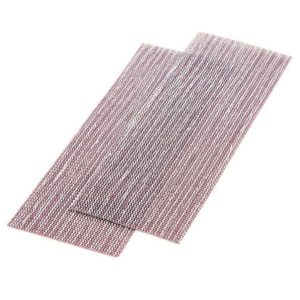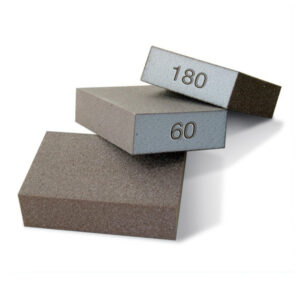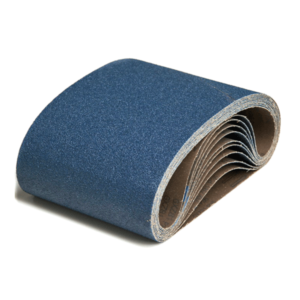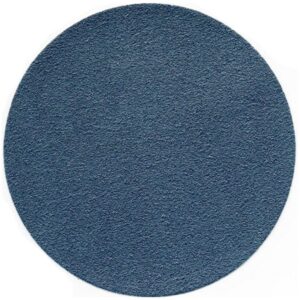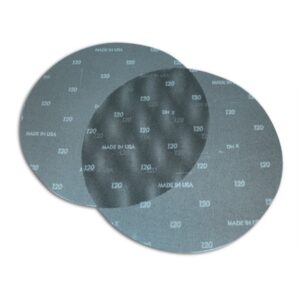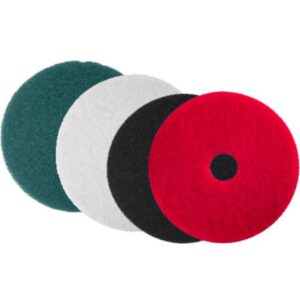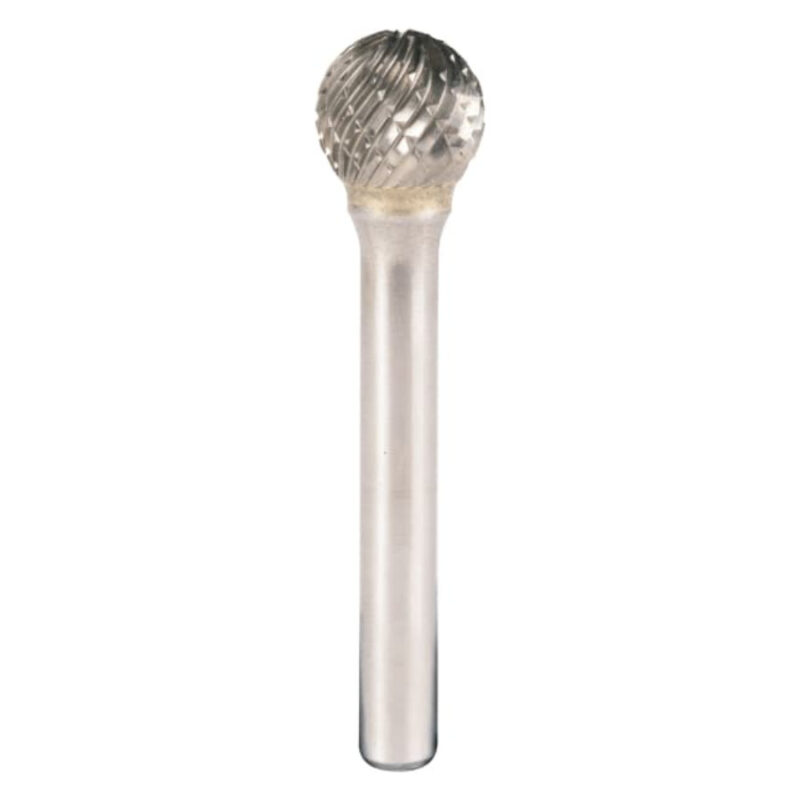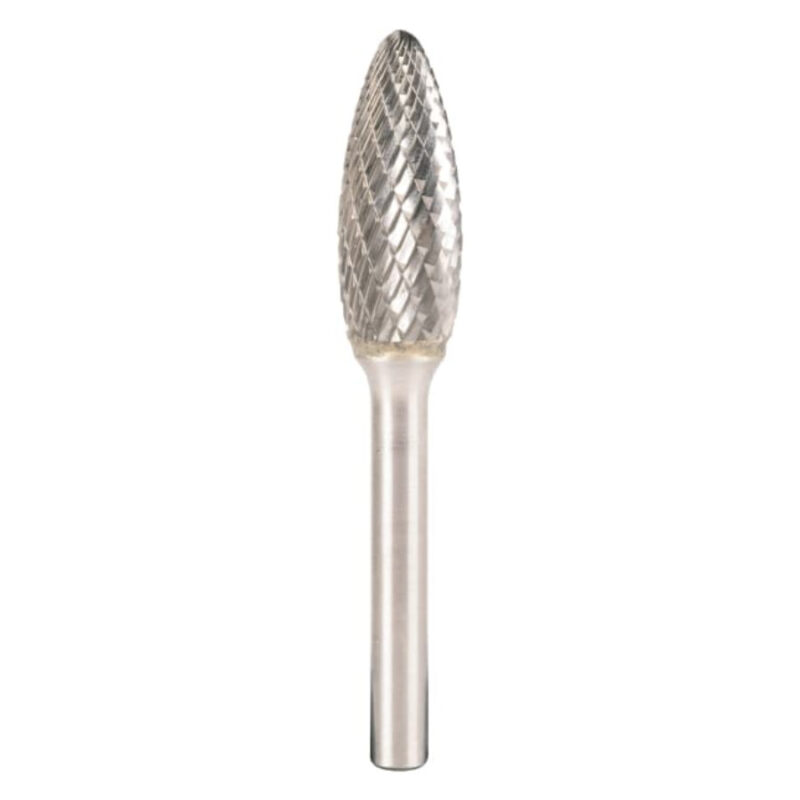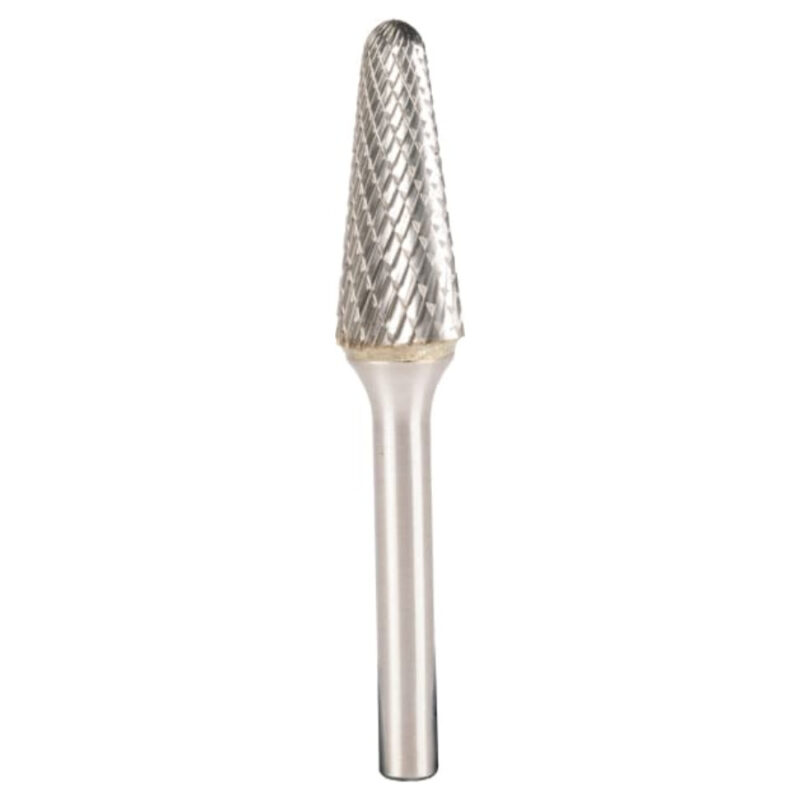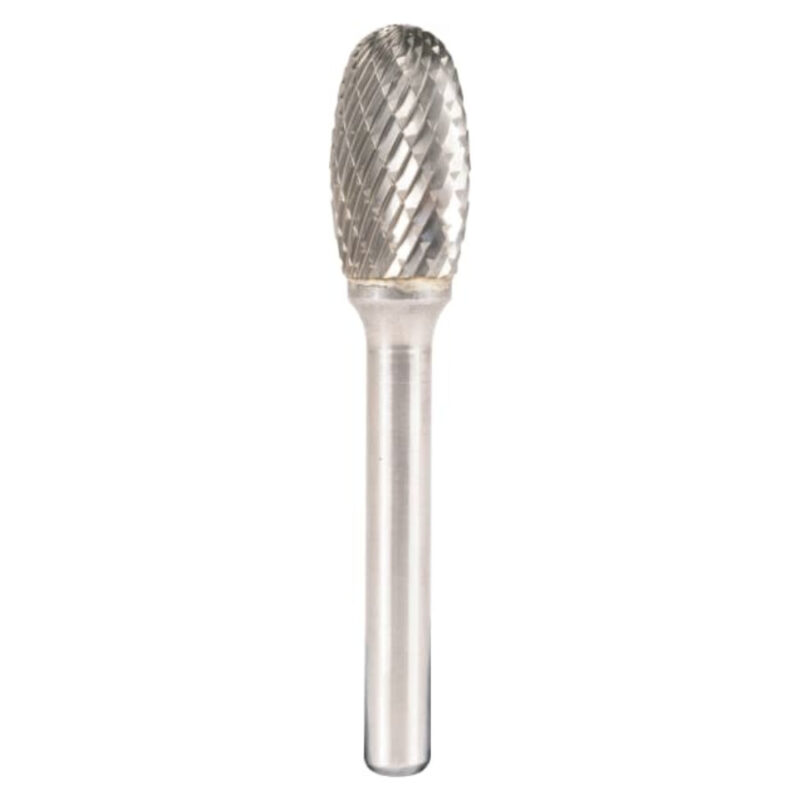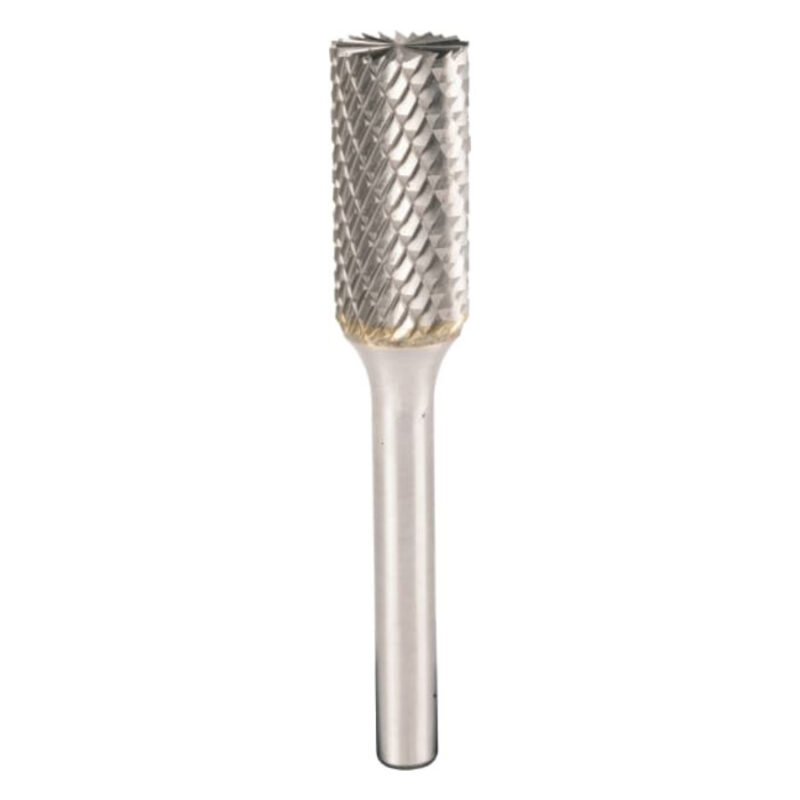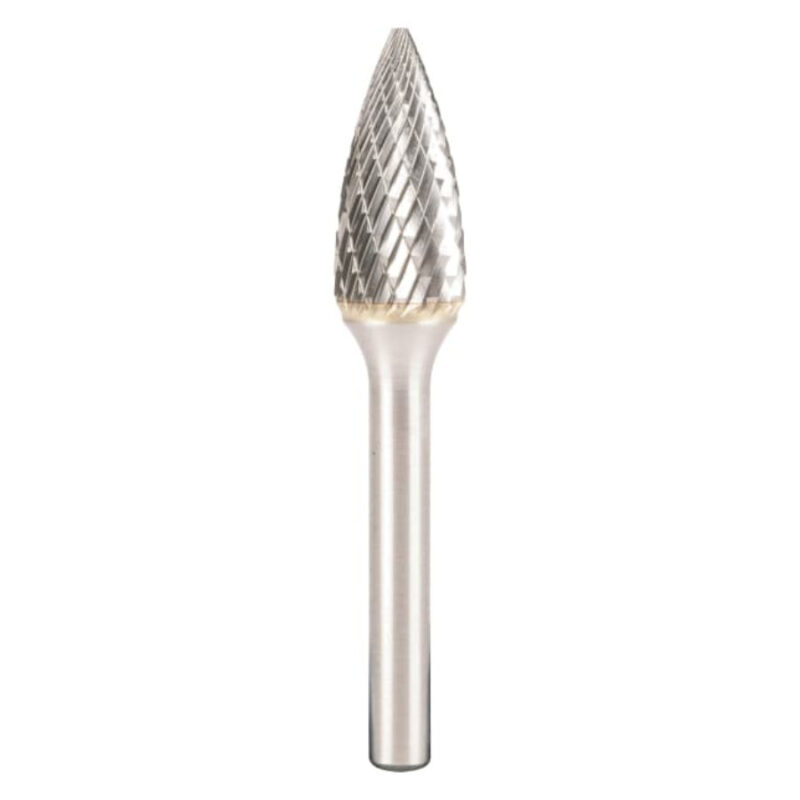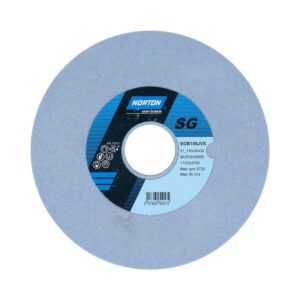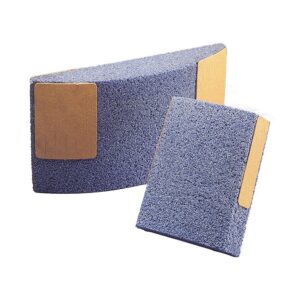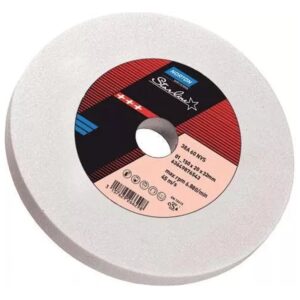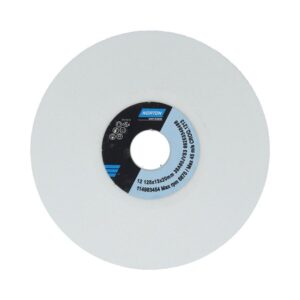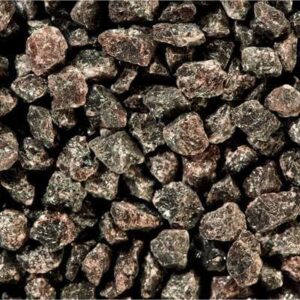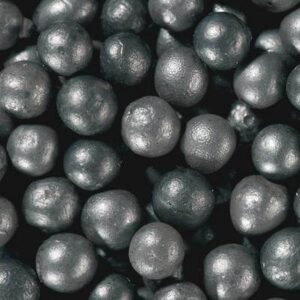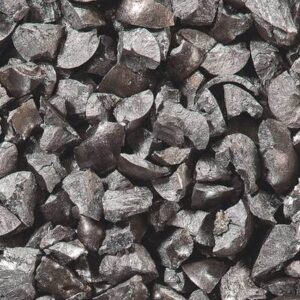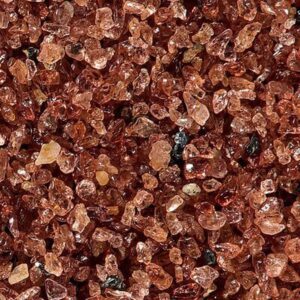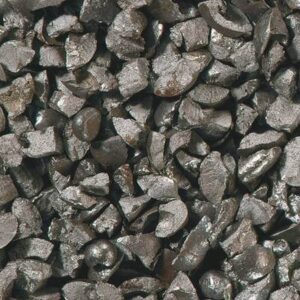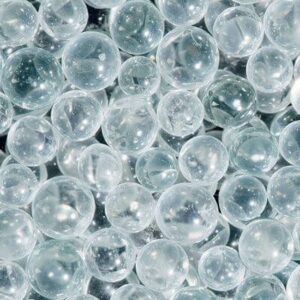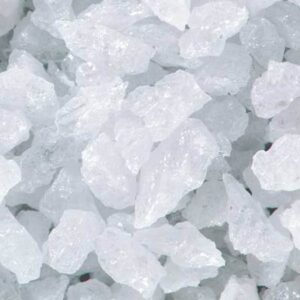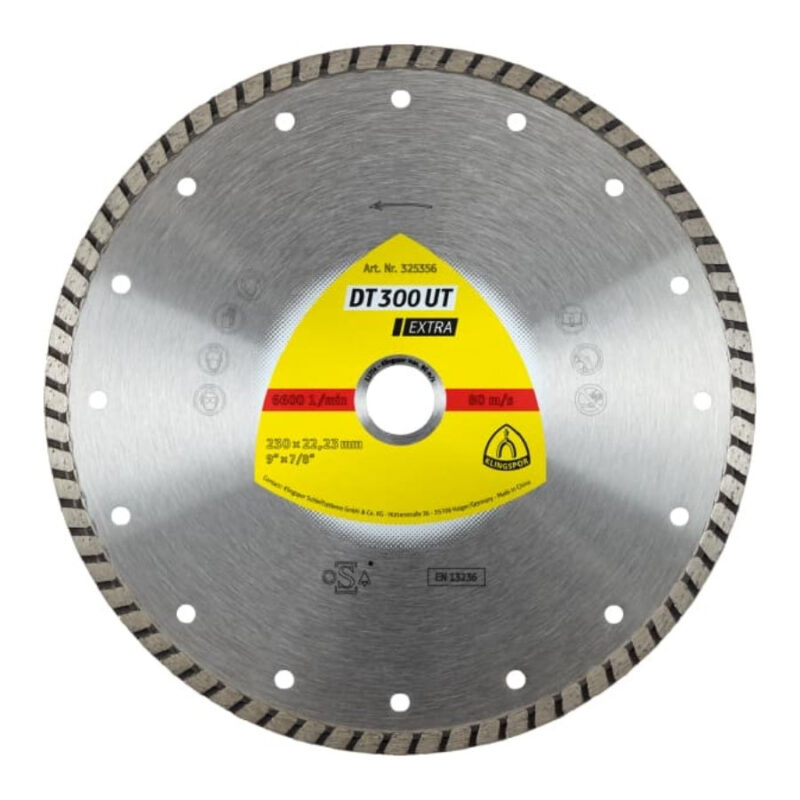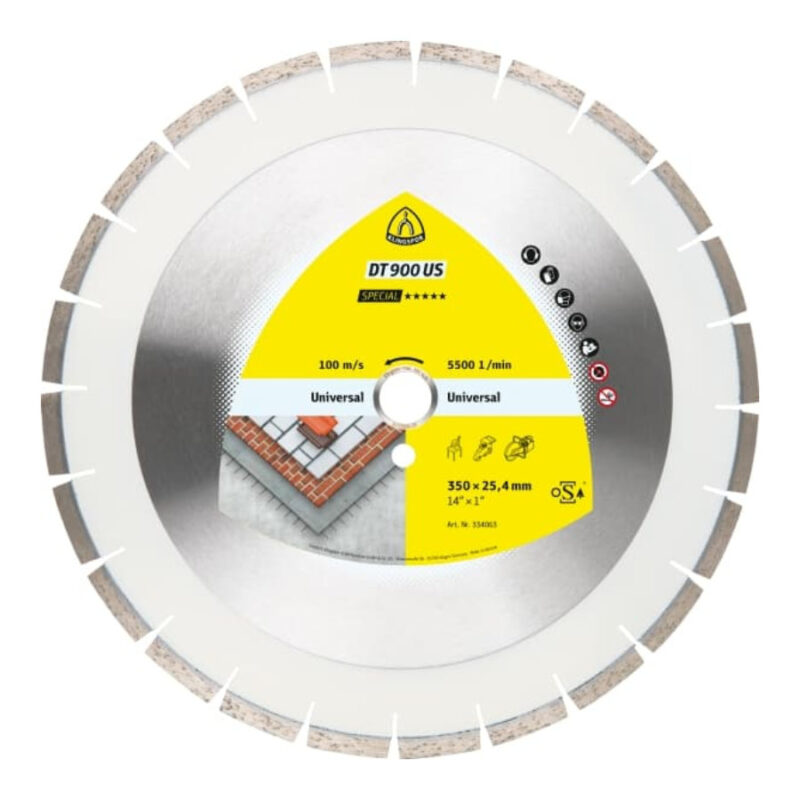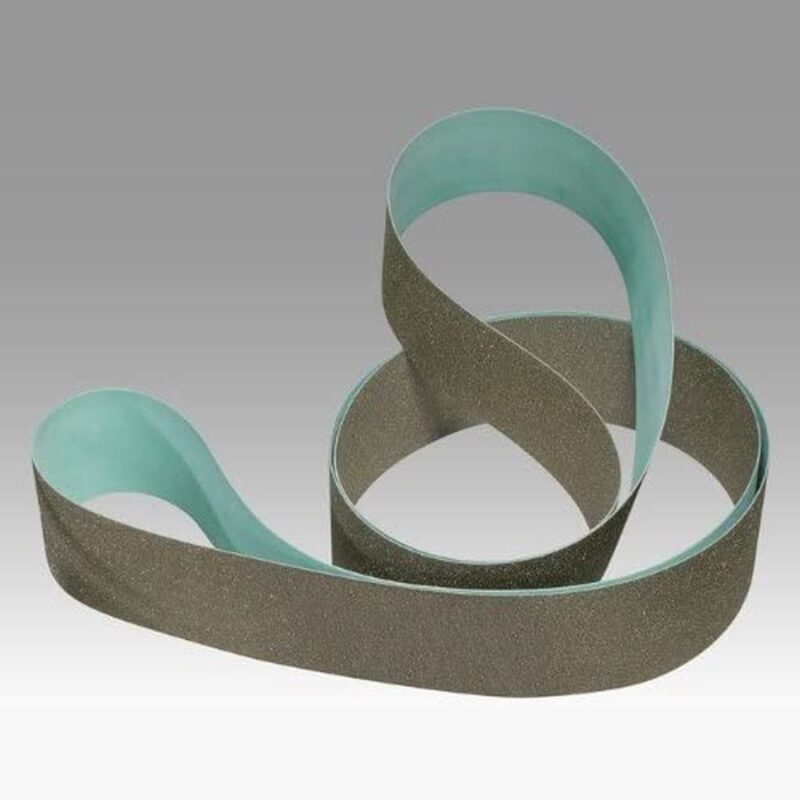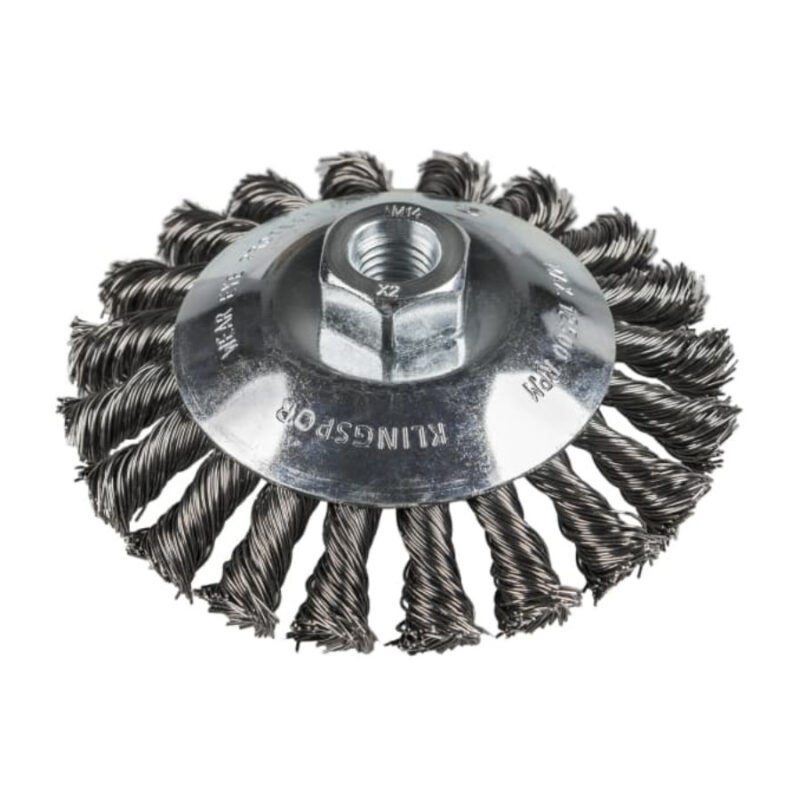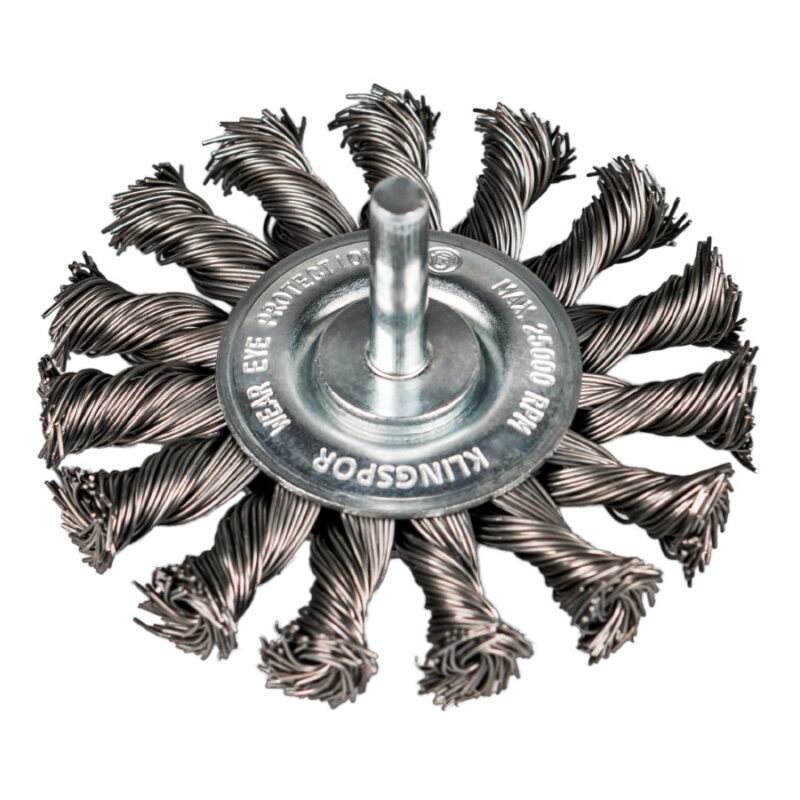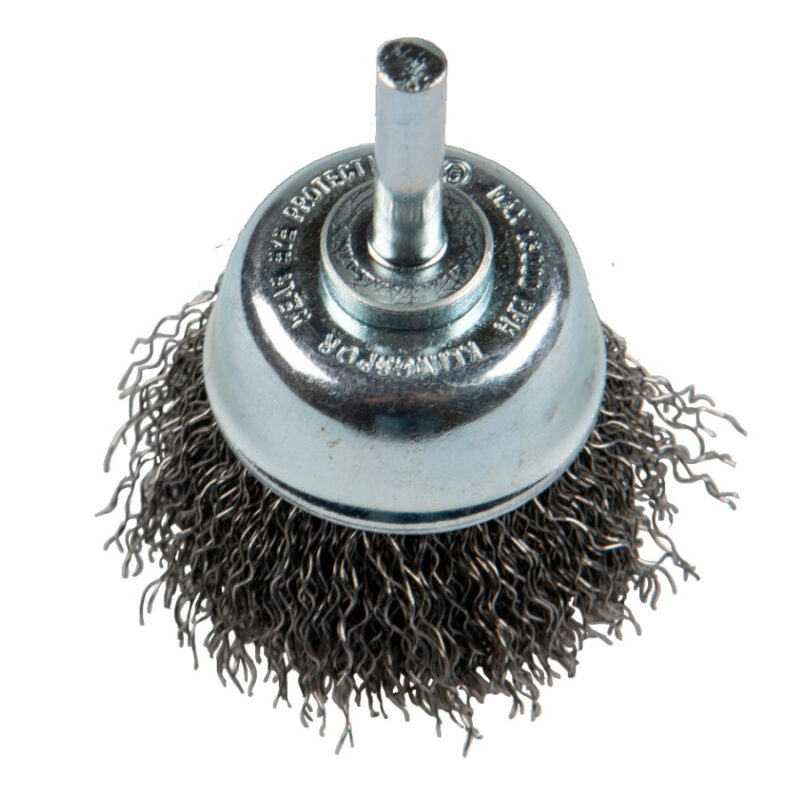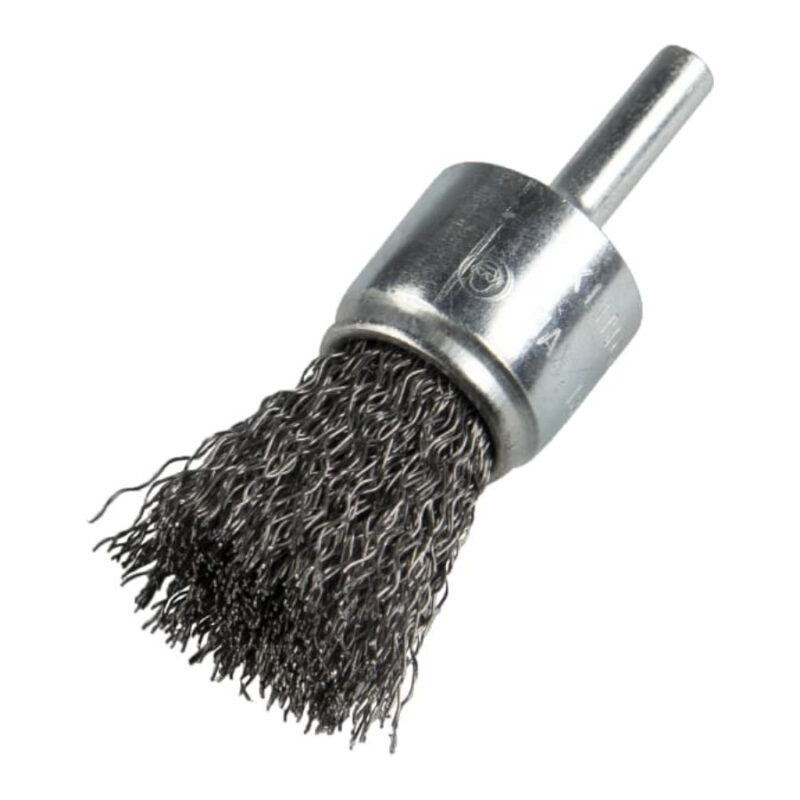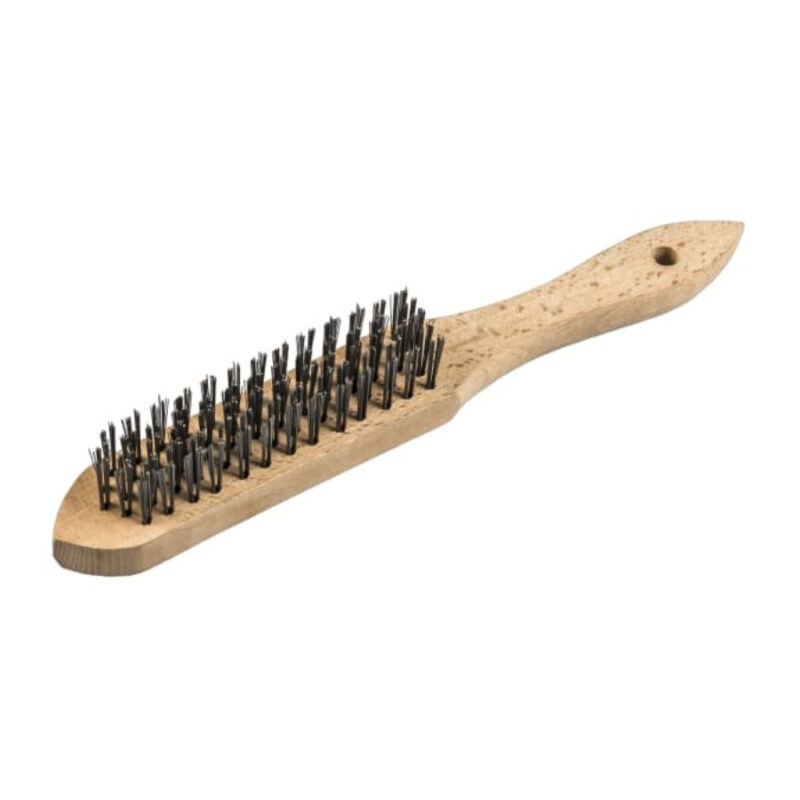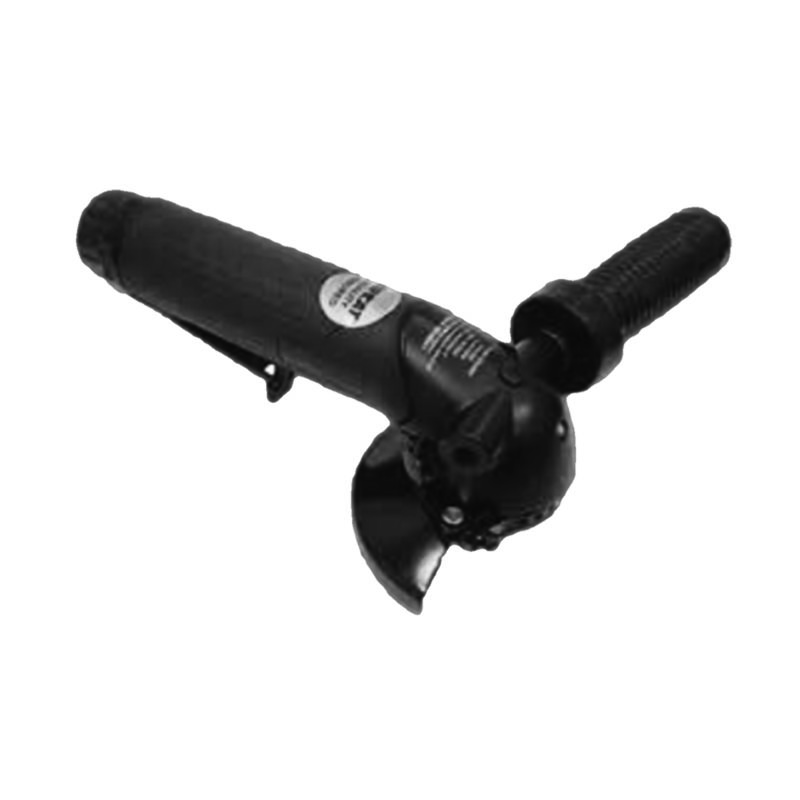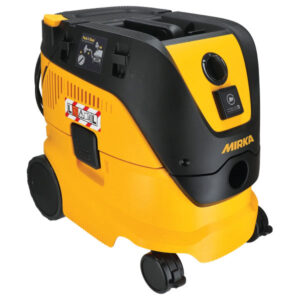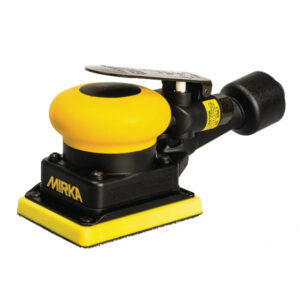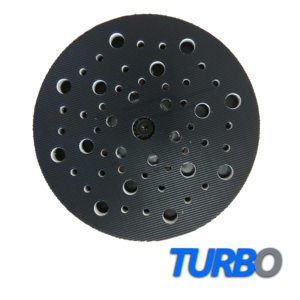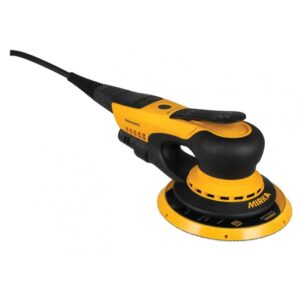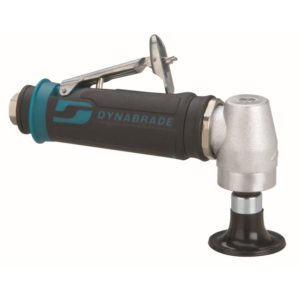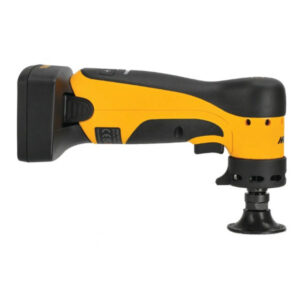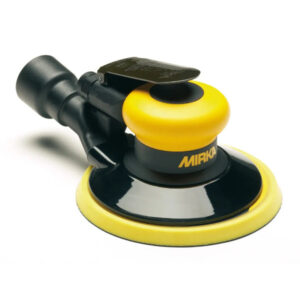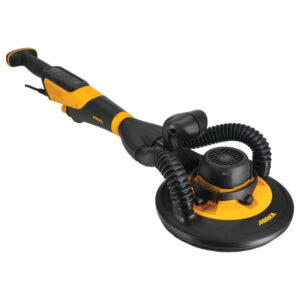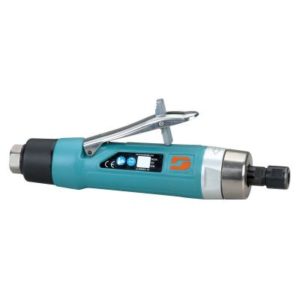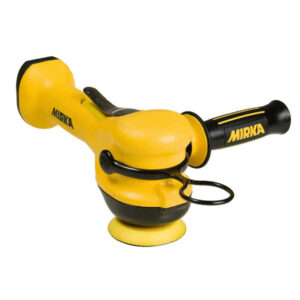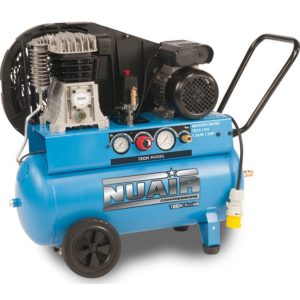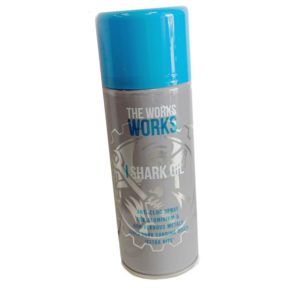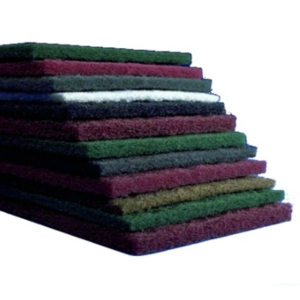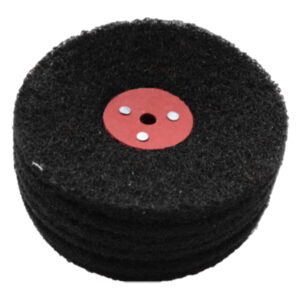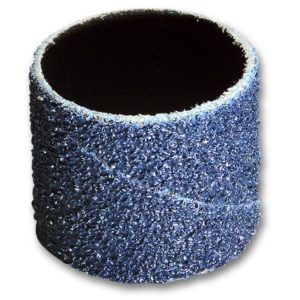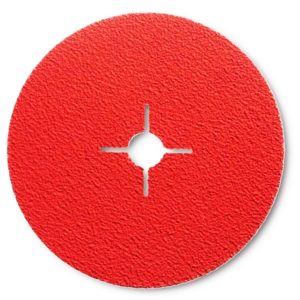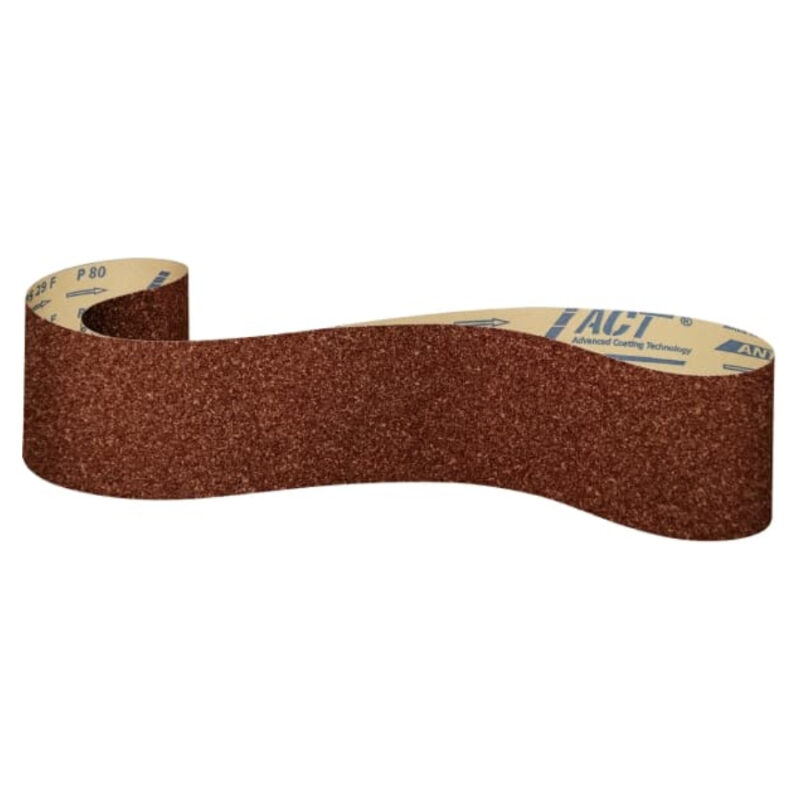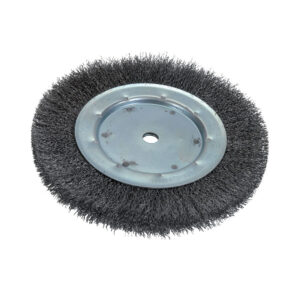Angle Grinders
Angle grinders are versatile power tools that are commonly used in workshops, construction sites, and metal fabrication shops. They are designed to handle a wide range of cutting, grinding, and polishing tasks, and can be used with a variety of abrasives to achieve different finishes and levels of precision. In this article, we will explore the basics of angle grinders and how they use abrasives to achieve their various functions.
Firstly, it is important to understand what an angle grinder is. An angle grinder is a handheld power tool that features a spindle on which different attachments can be mounted. The most common attachments used with angle grinders are cutting discs, grinding discs, and polishing pads. The tool is powered by an electric motor that rotates the spindle at high speeds, allowing the user to manipulate the attached abrasive in order to achieve the desired result.
Abrasive discs are the most commonly used attachments for angle grinders. They are made from a variety of materials including aluminum oxide, silicon carbide, and zirconia alumina. These materials are chosen for their hardness and durability, and they are able to remove material quickly and efficiently. Each material has its own specific properties that make it suited to different tasks, such as cutting through metal, grinding concrete, or polishing stone.
Cutting discs are the thinnest and smallest of the abrasive discs used with angle grinders. They are typically made from a very hard abrasive material and are designed to cut through metal and other hard materials quickly and efficiently. Cutting discs come in a variety of sizes and thicknesses, and the user must select the appropriate disc for the task at hand. It is important to note that cutting discs are not designed for grinding or polishing tasks, and using them for these purposes can result in damage to the disc or the tool.
Grinding discs are larger and thicker than cutting discs, and are designed to remove material quickly and efficiently from a variety of surfaces. They are typically used for grinding down welds, removing rust or paint, and shaping metal or concrete. Grinding discs are available in a range of sizes and abrasive materials, with some designed specifically for use on stainless steel or other high-alloy metals. Grinding discs are often used in conjunction with a backing pad, which helps to absorb shock and reduce vibration, making the tool easier to handle and control.
Polishing pads are the largest and thickest of the abrasive attachments used with angle grinders. They are typically made from a softer abrasive material, such as felt or foam, and are used for polishing metal, stone, or concrete. Polishing pads come in a range of grits, with lower grit pads designed for removing scratches and imperfections, and higher grit pads used for achieving a mirror-like finish. Polishing pads are often used with polishing compounds or waxes, which help to lubricate the abrasive and prevent it from overheating.
In addition to the various abrasive attachments used with angle grinders, there are also a number of safety considerations that must be taken into account when using these tools. Angle grinders are powerful tools that can cause serious injury if not used correctly, and it is essential to follow proper safety procedures when using them. Some key safety considerations include wearing appropriate personal protective equipment, such as safety glasses and gloves, keeping the work area clear of debris and other hazards, and ensuring that the tool is in good working order before use.
In conclusion, angle grinders are versatile power tools that can be used with a variety of abrasives to achieve different cutting, grinding, and polishing tasks. Whether you are cutting through metal, grinding concrete, or polishing stone, there is an abrasive attachment available to suit your needs. However, it is important to remember that these tools can be dangerous if not used correctly, and it is essential to follow proper safety procedures when using them. By doing so, you can ensure that you achieve your desired result while minimizing the risk of injury or damage to the tool. If you are new to using angle grinders, it is important to take the time to learn about the different types of abrasives available and how they are best used. With proper knowledge and technique, an angle grinder can be an incredibly useful and versatile tool that can help you tackle a wide range of DIY and professional projects.
